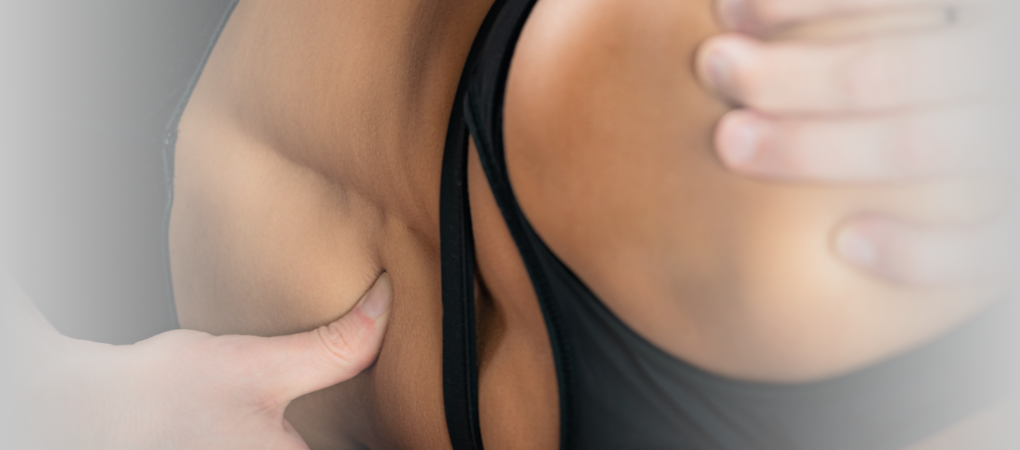Francesca Galiano
|
21/09/2022 - Last update 28/12/2022
T. Breithaupt, K. Harris, J. Ellis, E. Purcell, J. Weir, M. Clothier, D. Boesler | Year 2001
Thoracic lymphatic pumping and the efficacy of influenza vaccination in healthy young and elderly populations
Scope:
Serum conversion after anti-influenza vaccination
Type of study:
Randomized controlled trial
Date of publication of the study’:
2001/Jan/02

Purpose of the study
- Objective: to evaluate the efficacy of OMT on serum conversion after anti-influenza vaccination
- Measured outcomes:
- Primary: primary: antibody titer through ELISA and HIA
Participants
- Numer: 97 people
- Criteria of inclusion: volunteers, healthy and physically active subjects, osteopathy students or nursing home residents.
- Criteria of exclusion: contraindication to anti-influenza vaccination.
- Groups of study: 4 groups obtained by randomization
- Group 1: young people with OMT, 18 people (mean age 26.9 years)
- 2 young people dropped out before the follow-up
- Group 2: young people without OMT, 18 people (mean age 27.2 years)
- 9 young people dropped out before the follow-up
- Group 3: elderly with OMT, 32 people (mean age 69.2 years)
- 4 elderly dropped out before the follow-up
- Group 4: elderly without OMT, 29 people (mean age 69.1 years)
- 3 elderly dropped out before the follow-up
- Group 1: young people with OMT, 18 people (mean age 26.9 years)
Interventions and evaluations
- Evaluation of the serum conversion (antibody titer) through blood sample and ELISA and HIA analyses, before vaccination and 4 weeks after (follow-up)
- 4 sessions of OMT post-vaccination
- OMT: thoracic lymphatic pump technique (50 pumping per minute for 5 minutes)
- OMT performed by a physician specialized in osteopathy and by his interns
Results
Primary outcomes: 4 weeks after the vaccination, both OMT groups did not show any difference compared to the control groups. The only difference, detected with both ELISA and HIA methods, is that both youth groups showed a more-than-double production of antibodies compared to both elderly groups, in a statistically significant way.
Discussion
The lymphatic pump techniques applied in this study did not produce any effects on the antibody response. In fact, the only result is the evidence that the elderly, although healthy and physically active, have a lower antibody production than the youths.
Compared to past studies showing a favorable effect of OMT on serum conversion (eg, in case of hepatitis B), different factors are to be considered: first of all, every vaccination is different as it can consist of a single shot or of multiple shots administered over time; the frequency and the amount of OMT applied could have not been suitable (in the study on hepatitis B, the OMT was applied for two weeks after each inoculation).
Secondly, there are different lymphatic pump techniques and the thoracic one may not necessarily be the most appropriate (in the study on hepatitis B the OMT was applied also on the spleen). In addition, however, it appears like it would take time for the OMT to show its results (in the study on hepatitis B, the differences started to show after several weeks). Now, since several studies report the effectiveness of physical activity in enhancing lymphatic circulation and immune activity, and other studies show the usefulness of OMT in cases of lymphatic stasis and respiratory diseases, lymphatic pump techniques could have different effects, to be evaluated, on sedentary, bedridden or debilitated people. Finally, the present study only evaluated one antibody response while did not evaluate the potential post-vaccination variation of the immune cells.
The review of Osteopedia
By Marco Chiera
Strengths: evaluation of both a group of young people and a group of elderly people; excellent discussion of the limitations of the study, especially in relation to past studies that have obtained different results.
Limits: the gender was not taken under consideration, although women have a different immune response compared to men, and greater adverse risks, as reported by adversomics studies. Besides the limits expressed by the authors, given the high drop-out rate (people lost in the
follow-up) and the various analyses by subgroups, in order to concretely highlight useful results, future studies should be much larger and should identify in advance a minimum threshold of clinically significant change on which to define the sample size (how many people to recruit).

Are you an osteopath?
Register and enjoy the membership benefits. Create your public profile and publish your studies. It's free!
Register now
School or training institution?
Register and enjoy the membership benefits. Create your public profile and publish your studies. It's free!
Register now
Do you want to become an osteopath? Are you a student?
Register and enjoy the membership benefits. Create your public profile and publish your studies. It's free!
Register now







